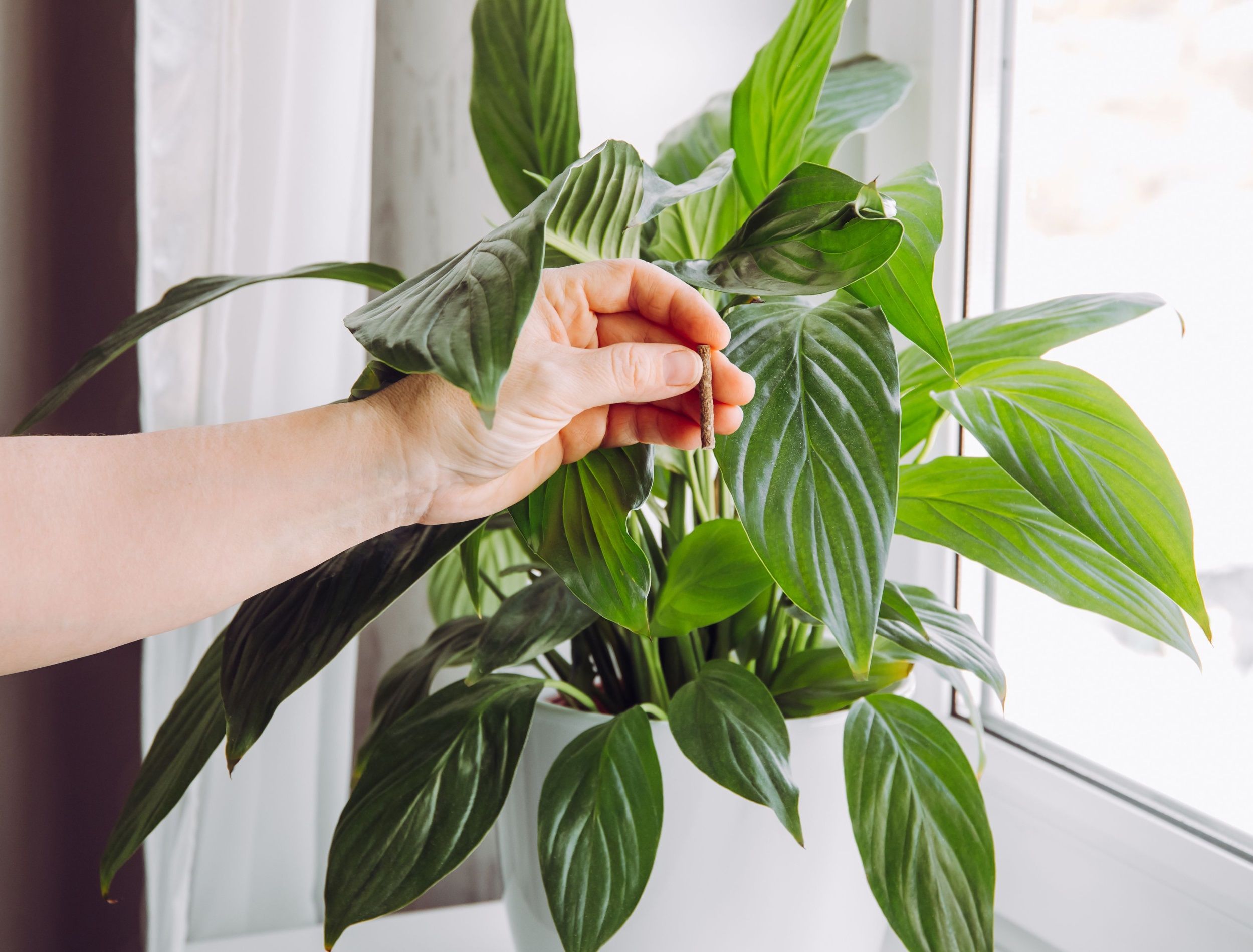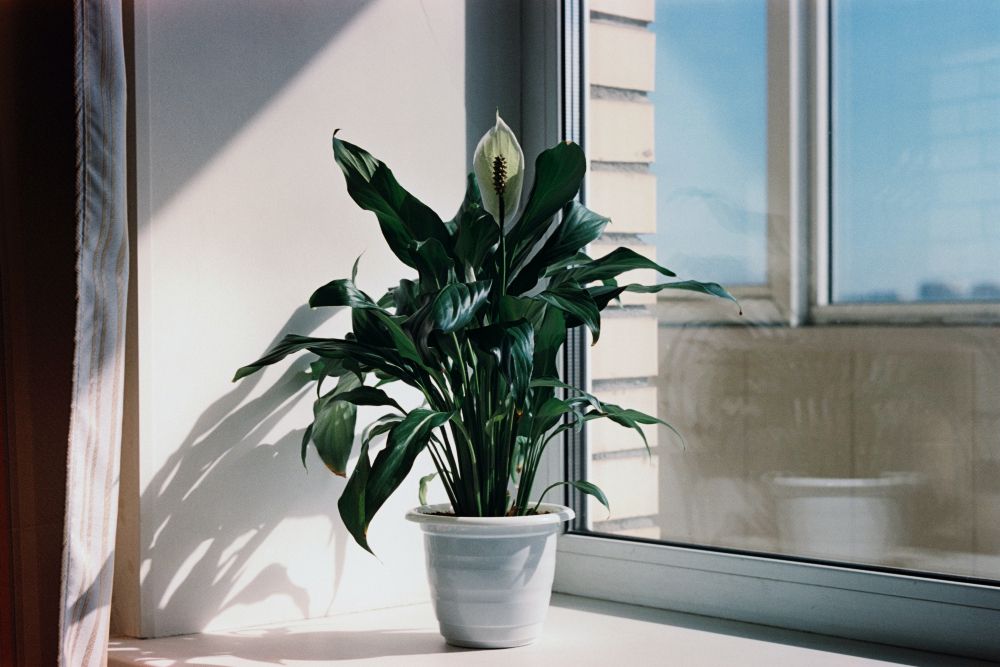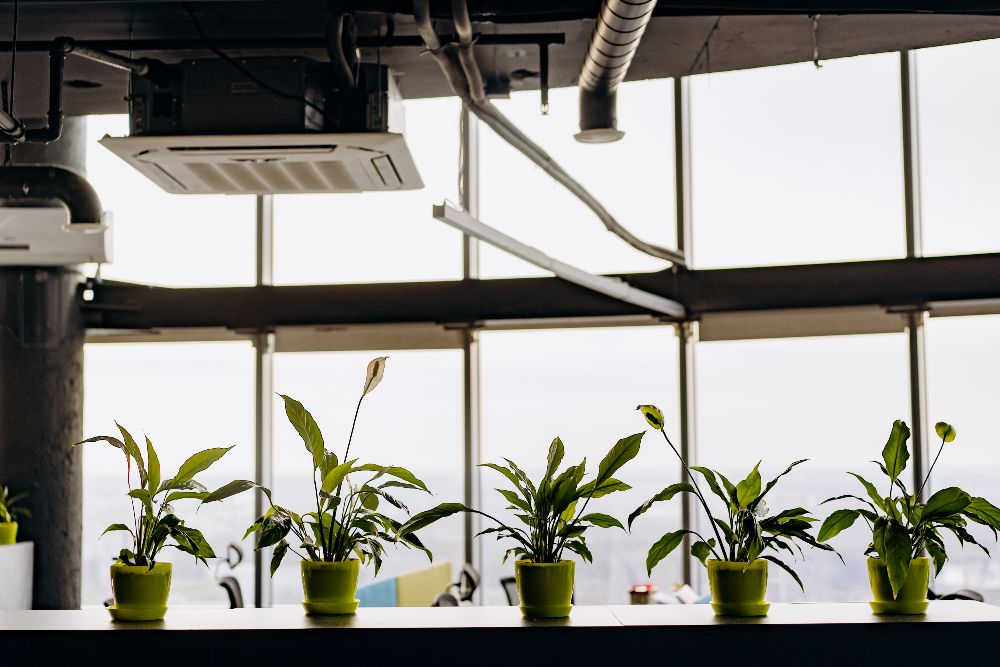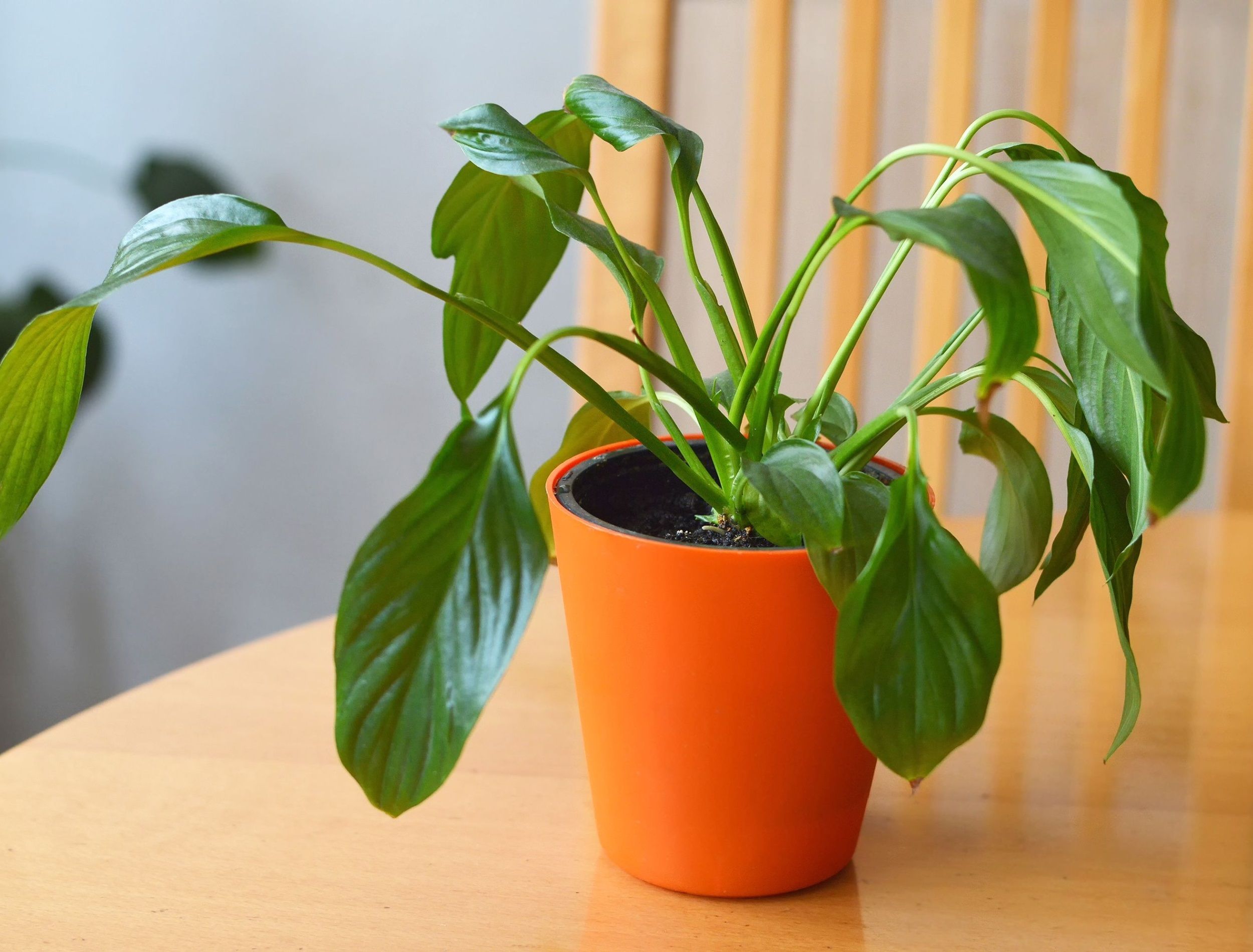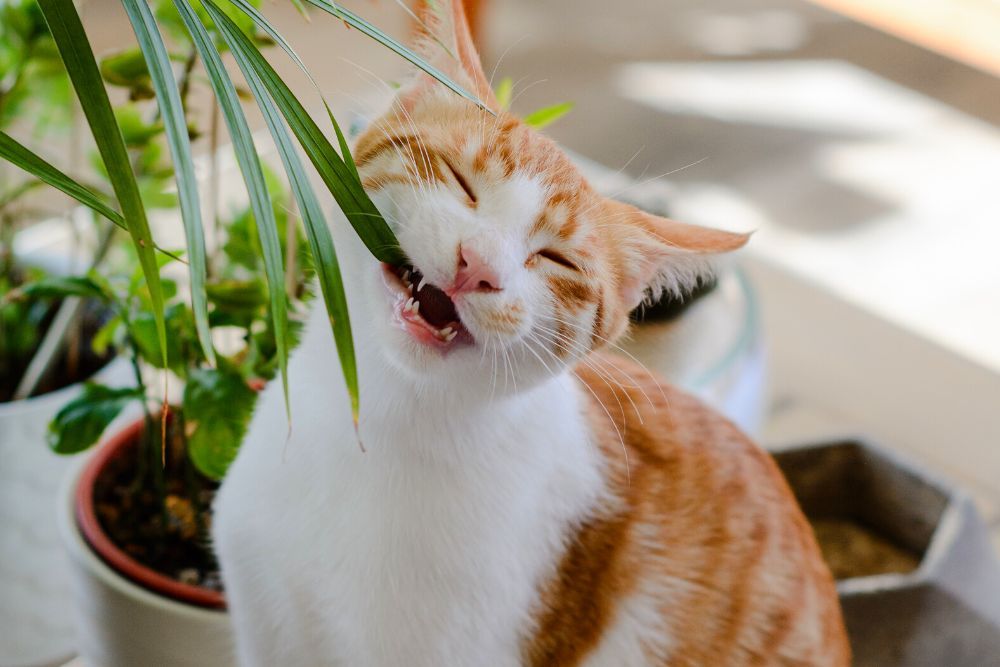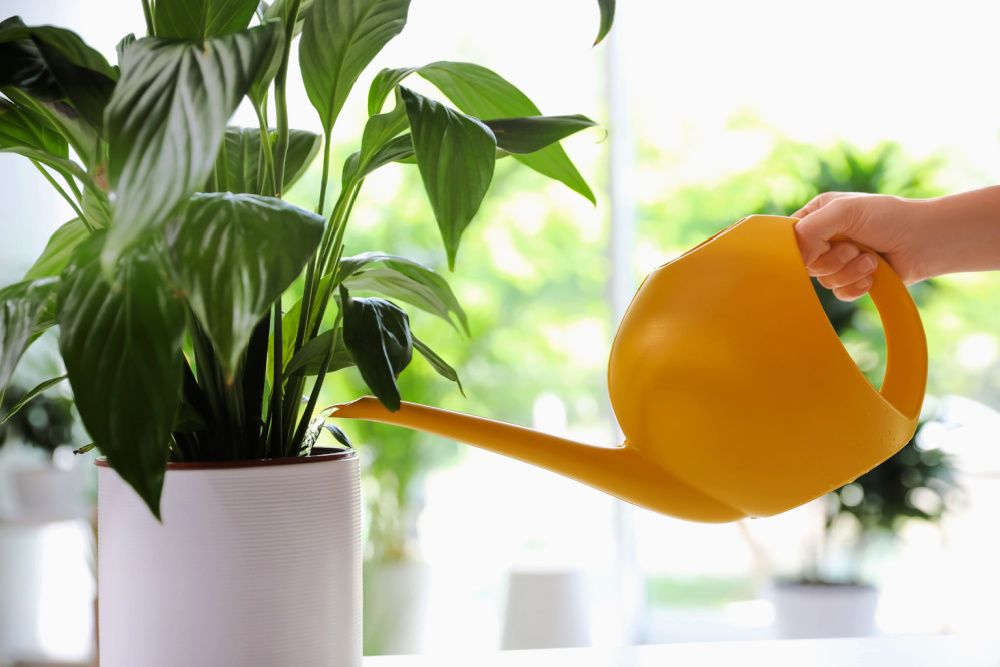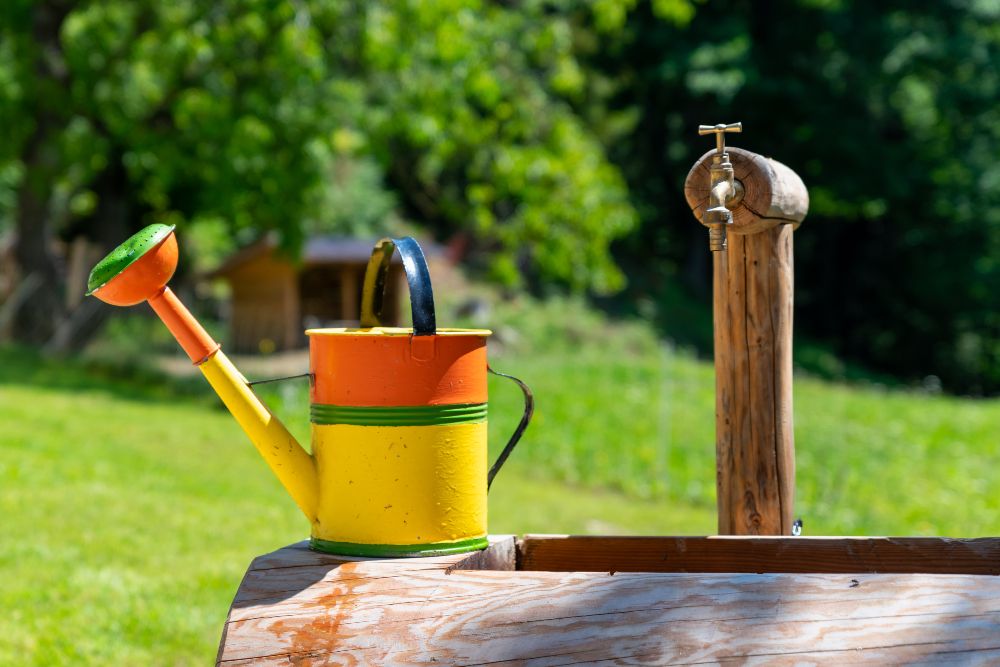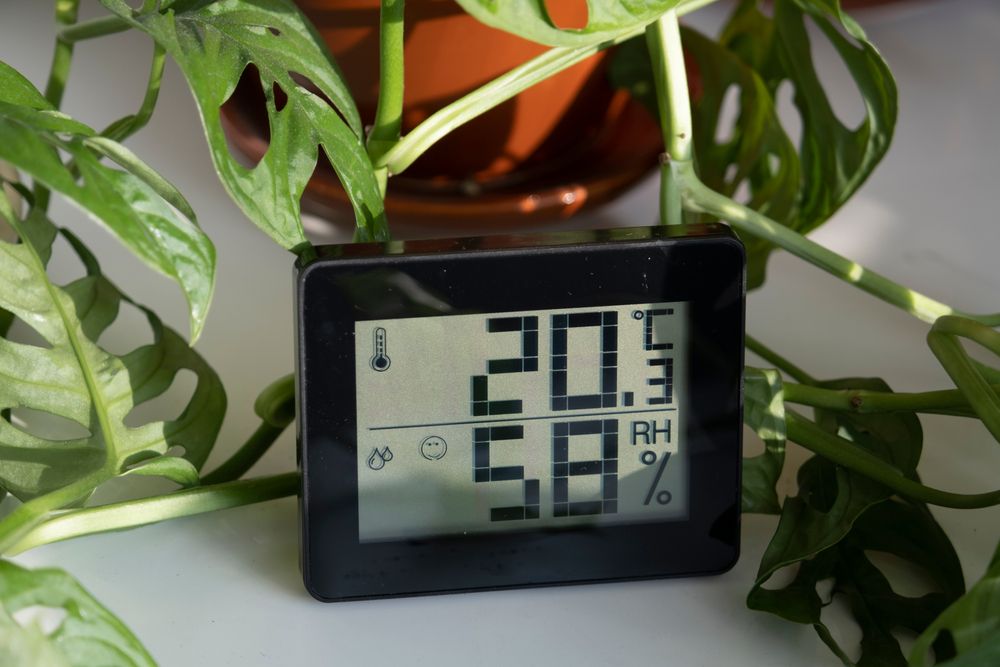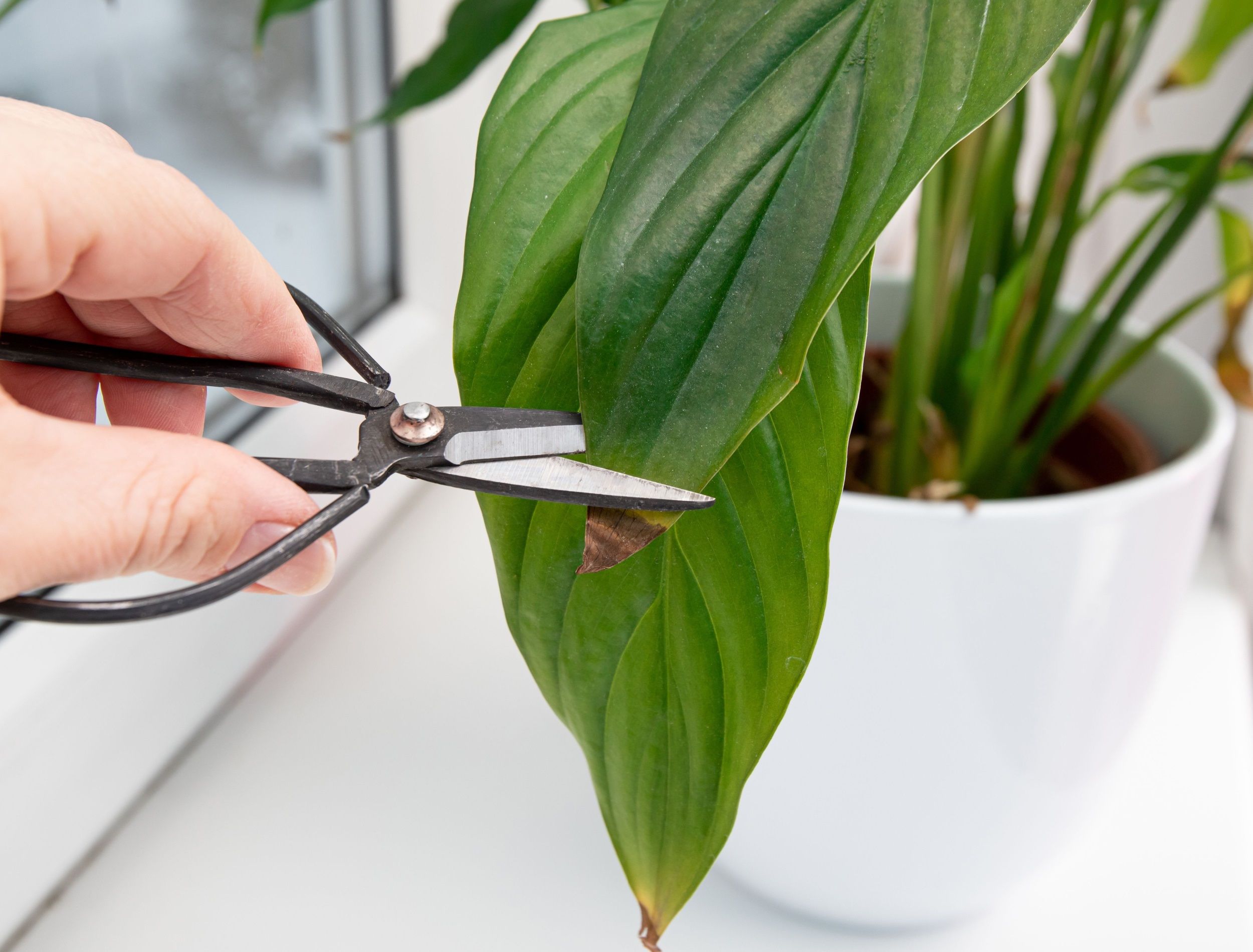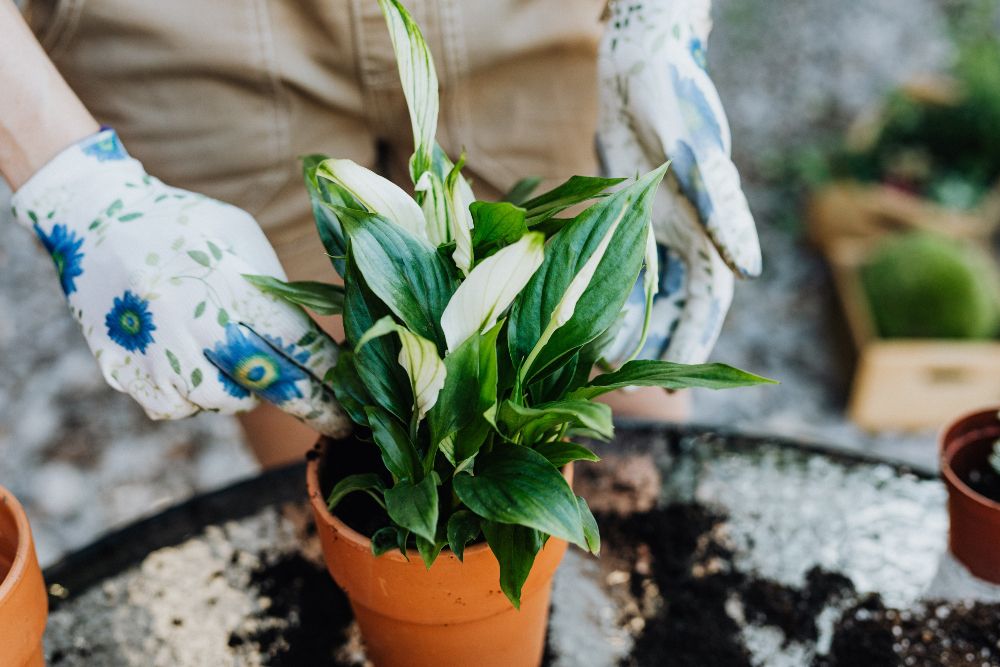The peace lily is a popular houseplant known for its ability to purify and clean the air of pollutants like benzene and carbon monoxide. But, without proper care, the peace lily plant starts wilting and might not flower. Avoid these common mistakes when caring for your peace lilies at home and ensure they bloom beautifully.
Placing It in Direct Sunlight
Image Credits: Elena Golovchenko via Pexels
Peace lilies do best in indirect, bright light because, natively, they grow on the floor of tropical forests in the shadow of the trees. Keeping them in direct sunlight can burn their leaves or turn them brown. Doing so also dehydrates the plant and restricts its growth.
Place your peace lilies in a room with west or north-facing windows and at least 6 to 8 feet away from the windows. They also grow well under fluorescent lights, even if the room has no windows! However, they might not flower in too-low light. According to the University of Arkansas System Division of Agriculture, keeping your peace lilies in a room bright enough to read a newspaper.
Exposing It to Cold Drafts
Image Credits: Mikhail Nilov via Pexes
Since peace lilies are tropical plants, they thrive in warm environments. When growing them indoors, keep them away from cold drafts. Provide them with day temperatures between 68 and 85 degrees Fahrenheit and night temperatures not below 60 degrees Fahrenheit.
Over-Fertilizing Peace Lily
Image credits: izzzy71 via Shutterstock
Adding too much fertilizer to your peace lily plant can burn its roots or leaves. It can also turn the leaf tips brown.
To ensure the healthy growth of your peace lily, use a well-balanced liquid fertilizer like 20-20-20 every six to eight weeks during their growing season only (spring to fall). Only apply ¼ of the recommended strength.
Proximity to Pets
Image credits: Nadiye Odabaşı via Pexels
Because they contain calcium oxalate crystals, or raphides, which are needle-like structures, peace lilies can be toxic if ingested. These raphides can cause immediate pain and swelling in the mouth once eaten. In addition, the sap can irritate the skin and cause rash, swelling, redness, and dermatitis. It can even cause permanent eye damage.
So, keep peace lilies away from pets and children to ensure they never eat them by mistake.
Watering Incorrectly
Image credits: New Africa via Shutterstock
Lack of water can lead to wilting peace lilies while yellowing and curling leaves can be a sign of overwatering. Peace lilies like moist soil, but let the soil dry between waterings. Generally, water your peace lily plant when the top 2 to 3 inches of soil feels dry to the touch.
The pot you use for your peace lilies should have drainage holes that allow all excess water to flow out. Additionally, do not let the plant sit in a saucer full of water for too long, as it will lead to root rot.
Using Cold Tap Water
Image Credits: Robert Hrovat via Unsplash
Another common mistake gardeners make with peace lilies is using cold water to water them. This practice can cause temperature shock, freezing the plant, delaying its growth, and causing loss of foliage. Therefore, it is best to use room temperature water for peace lilies, in fact, for all houseplants.
The type of water you use for your peace lilies matters, too. If you use tap water, you expose your plants to harsh chemicals like chlorine or chloramine. So, it is best if you switch to filtered water or rainwater.
No Humidity in the Environment
Image credits: D.L.Sakharova via Shuterstock
Peace lilies prefer humidity levels of at least 50 percent. Keeping your plant in a cold, dry environment or refraining from misting it in the summer prevents it from thriving.
Brown leaf lips or edges often indicate low humidity around peace lilies. Either occasionally mist the plant or use artificial humidifiers if your environment is not humid enough.
Not Pruning the Peace Lily
Image credits: FotoHelin via Shutterstock
Pruning is necessary to cut down the dead or damaged parts of the peace lily plant. In addition, pruning the old blooms is necessary to allow new growth. You may also prune your peace lily plant to control its size. Prune your peace lily during its growing season.
To prune your peace lily plant, start by cutting down the unhealthy leaves and flowers. Then, cut as much stem as possible at a 45-degree angle at the soil level.
Remember that peace lily flowers grow on long stalks, and the same stalk never produces a flower again. So it is best to cut the whole stalk rather than trimming the dead flower. But, in the case of leaves with brown tips, trim only the tips, not the entire leaf.
Not Repotting the Peace Lily
Image Credits: Karolina Grabowska via Pexels
If you have had a peace lily for years and have not repotted it, you may have unintentionally damaged its roots and hindered its growth. Repot your peace lily when the roots start growing through drainage holes at the bottom of the container.
Avoid using a container that is too large, or the soil will retain too much moisture. A 2-inch difference between the new and old containers is ideal. It is best to repot the peace lilies in their growing season so that they can recover quickly.
Grow Peace Lilies Perfectly!
If you want your peace lilies to bloom, you must provide them with a suitable environment to grow. Remember to water and fertilize them correctly and repot them whenever necessary.
Did you relate to any of these mistakes? Share your thoughts in the comments below.

